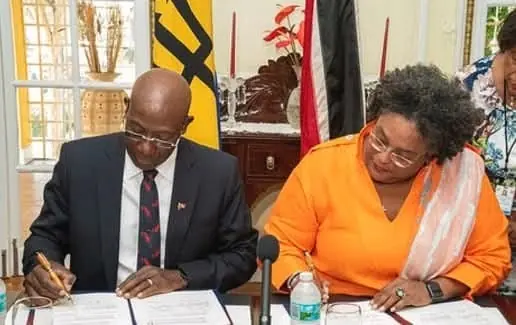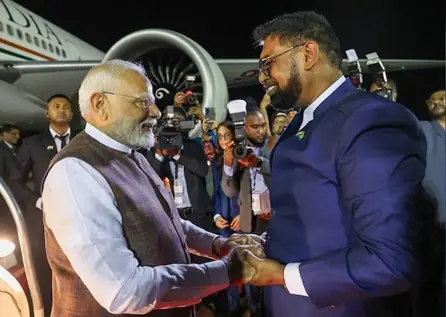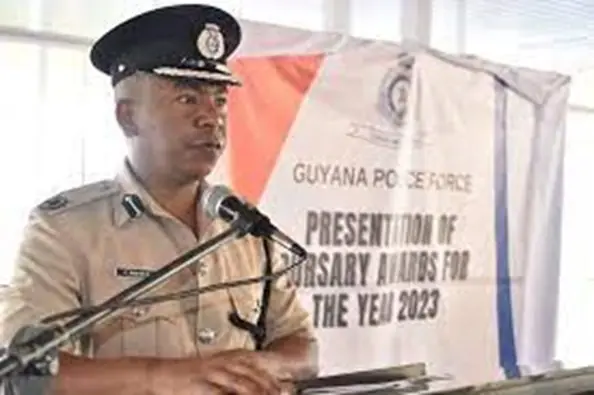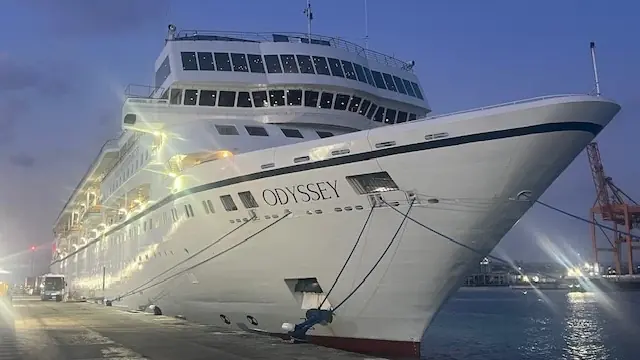Northernmost Indian villages of Turtuk Block celebrate Nowruz with traditional practices
India: The Turtuk block’s northernmost Indian villages began their Nowruz celebrations with all of the traditional practices.
24th of March 2023

India: The Turtuk block’s northernmost Indian villages began their Nowruz celebrations with all of the traditional practices. This year’s “Babyus-e-Harib,” which inaugurated the cultural festival, was held at the brow of a mountain. For the occasion, the villagers painted eggs as well. Nowruz is observed on the day of the astronomical vernal equinox, which typically falls on March 21. It is the first day of the spring season.
Like many other countries of the world, especially those in Central and West Asia, Balti culture considers it to be a new year. The festival significantly contributes to the development of interpersonal bonds based on respect for one another as well as the values of coexistence and good neighbourliness. Its customs, cultures and traditions are a reflection of the East and West’s ancient cultures and traditions.
The Turtuk block consists of five villages: Bogdang, Chanlungkha, Turtuk, Tyakshi, and Thang (before one reaches the borders of Pakistan). These settlements are situated along the twisting Shyok river, which runs through the Nubra Valley and between the enormous Karakoram mountains. Few people are aware that the Balti people, who have been dispersed on each side of the Line of Control (LoC) in the Baltistan region since 1971, are the territory’s Muslim residents and that it once formed part of the old Silk Road.
On March 21, around midnight, the village’s renowned Balti musician Ustad Mohammed Ibrahim and his group began playing the drums. This was followed by the lighting of a sizable bonfire.
This event, known as “Babyus-e-Harib,” which means “beginning of the summer,” was organised this time by Hashmat Ullah, a young Turtukite who runs the Apricot Villa Guest House. Four particular folk songs, all of which were sung by Ibrahim’s group, capture the heart of the rite. Several locals and visitors gathered in Turtuk village to sing and dance to traditional music around the fire.
During that evening, Tyakshi village organised a brief cultural event with customary performances of folk dance and song in collaboration with the Indian Army under the direction of its Gram Panchayat. The main performer, Master Abdul Rahman, was the oldest artist in the hamlet and was reputed to know the most traditional melodies. Traditional Balti dance was loved by all. The festivities were not as extravagant as in past years because Ramzan begins the next day.
Every year, during Nowruz, special foods, including prapoo, rxap khoor, zan, kiseer, baaley, and sweets are prepared and served to neighbours and family members in Turtuk Block (which has a 100% Balti population). According to Balti custom, everyone in the community decorates boiled eggs (byabjon) and takes part in an egg fight. Each tries to crack the other’s egg, and whoever succeeds is thought to have luck for the rest of the year.
The locals used social media to share greetings and images of their celebration in the Turtuk block with their friends and family, including those in Pakistan. The celebration emphasised the sense of one community and country.
The J&K exhibitors displayed distinctive and well-known handloom products from Jammu and Kashmir, including GI-tagged items like Kani Shawls, Stoles, Pashmina Shawls, chain stitches, silk carpets, etc. In order to compete and succeed on a worldwide scale, the meet gave participants a chance to network, develop business leads with possible clients, and learn about the needs, standards, and latest fashion trends in international markets.
Latest
- Breaking: IAF Jaguar Trainer Jet Crashes in Churu, Rajasthan – Two Pilots Dead
-
CWI hosts 5th Rising Stars Women’s Under-19 Championship in Trinidad and Tobago -
PM Terrance Drew presents economic, infrastructure and sustainability plans in 2025 National Address -
St Kitts and Nevis engages in bilateral talks with Singapore and Austria to advance Global Partnerships -
CTO Unveils 'Reimagine Plan 2025-2027' to Transform Caribbean Tourism into a Sustainable, Empowering Sector
Related Articles


30th of November 2024

22nd of November 2024

22nd of November 2024

20th of November 2024

19th of November 2024

18th of November 2024

17th of November 2024
